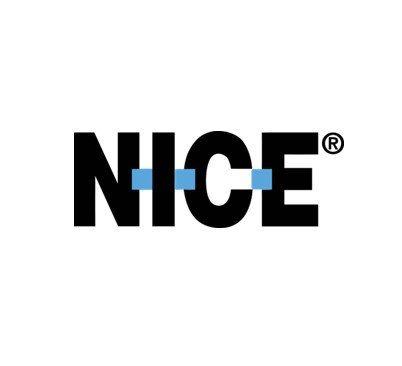Broadband FAQs
Understanding Your Broadband: Frequently Asked Questions
What is Broadband?
Broadband is the primary way to access the internet across the UK, connecting your home via either copper wires or fibre optic cables. This connection allows you to establish a local Wi-Fi network through your broadband hub, enabling fast internet for all your devices. Most UK homes now have access to at least part-fibre broadband.
What Types of Broadband Do You Have Access To?
Here’s a look at the different types of broadband connections available:
Full Fibre (FTTP)
Delivers the fastest and most reliable speeds by bringing fibre directly to your property.
Part Fibre (FTTC)
Uses fibre up to the cabinet, then copper wiring to your home. This results in slower speeds compared to full fibre.
Copper (ADSL)
A slower, older technology using copper telephone lines.
Mobile Broadband
Provides internet access via 4G or 5G mobile networks, typically through a SIM-enabled router or mobile device.
What Broadband Speeds Are Available?
Broadband speeds can vary, with packages offering speeds up to 900Mbps. The available speed in your area depends on the type of broadband infrastructure. You can explore the available speeds and packages directly through your BT account or website.
How Can You Check Your Current Broadband Speed?
-
BT Customers: You can easily use the official BT speed tester tool.
-
Non-BT Customers: Try using an independent speed testing service like Which?.
If you're noticing slower speeds, explore BT’s broadband options to see if faster speeds are available to you.
How Do You Switch to BT from Another Provider?
Switching to BT is quick and easy. Simply choose your broadband package on the BT website, and we’ll handle the rest. BT will contact your current provider and set your switching date (usually within two weeks). You’ll also receive your BT Smart Hub, and if installation is needed, we’ll let you know.
What Broadband Speed Do You Need?
The speed you require depends on the number of users and activities in your household:
Light use (single user)
10Mbps might be sufficient.
Moderate use (small to medium households)
25–100Mbps is ideal for streaming, gaming, and remote work.
Heavy use (large households or high-demand users)
100Mbps or higher will provide the best experience.
What’s Considered a Good Broadband Speed?
A speed of 10Mbps or higher should be fine for basic tasks. For streaming HD video, gaming, or multiple users, faster speeds will be required.
What Factors Affect Your Broadband Speed?
There are several factors that can impact your broadband experience:
-
Distance from the cabinet: Homes far from the cabinet may experience slower speeds, particularly with FTTC or ADSL.
-
Distance from the router: The further you are from the router, the weaker your connection. Position your router strategically or consider using BT Complete Wi-Fi discs.
-
Number of connected devices: High demand across multiple devices can affect speeds, especially with activities like streaming or gaming.
-
Peak times: Speeds may slow down during high-traffic hours (usually evenings).
How Long Does BT Broadband Take to Activate?
-
New customers or house moves: Typically within two weeks.
-
Existing BT customers: Activation can happen within a day if you're staying at the same address with the same broadband type.
-
Switching broadband types (e.g., ADSL to FTTP): Activation may take one to two weeks. Track your activation status online or via the My BT app.
Can You Get Broadband Without a Phone Line?
Yes, BT offers broadband-only packages for customers who no longer require a home phone service. However, note that without a landline, you won’t be able to make or receive calls, including emergency calls.
Is Full Fibre Available in Your Area?
Full Fibre (FTTP) is being rolled out across the UK, and while it’s not yet available everywhere, coverage is expanding rapidly. To check if Full Fibre is available to you, visit the BT website and enter your postcode. If it’s not available yet, you can register your interest for future updates and explore other broadband options.
What Is Full Fibre Broadband?
Full Fibre, or Fibre to the Premises (FTTP), is the fastest and most reliable broadband technology, delivering speeds up to 900Mbps directly to your home. It’s up to 25 times faster than standard fibre, which uses copper wiring part of the way to your home. If you're ready to experience the best, check if Full Fibre is available in your area.

